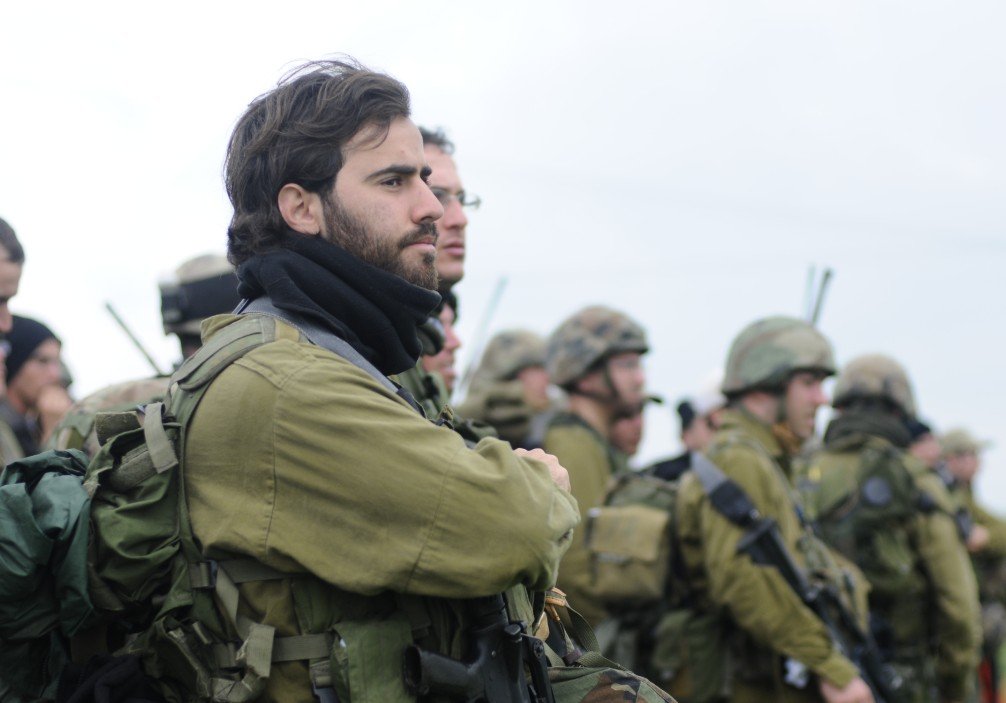New data reveals stark differences in IDF reserve duty across Israeli cities in 2024, with Modi’in topping the list while Tel Aviv slips to the bottom. These disparities highlight fading public support amid ongoing conflicts, as residents in some areas served far more days than others, raising questions about fairness and military burden.
Uneven Burden Across Cities
Fresh statistics from a Freedom of Information request show how reserve service varied widely last year. Modi’in-Maccabim-Reut led the nation among the 50 largest cities, with residents averaging high reserve days per eligible person.
Tel Aviv started strong in January 2024, ranking first in reserve mobilization. By December, it dropped to last place as enthusiasm waned during prolonged fighting in Gaza and other fronts.
Other cities like Givatayim and Ness Ziona ranked high, reflecting stronger community involvement. In contrast, ultra-Orthodox areas like Bnei Brak reported much lower participation, fueling national debates on draft laws.

Key Data Highlights Disparities
The numbers paint a clear picture of inequality. Tel Aviv residents logged 2.75 million reserve days in 2024, followed by Jerusalem at 1.781 million and Beersheba at 1.041 million.
Analysts used Central Bureau of Statistics figures for the 19-45 age group to estimate per-person service, noting it’s an approximation due to exemptions and other factors.
A striking example: A typical Modi’in resident served 19 times more reserve days than someone in Bnei Brak. This gap underscores social divides, especially between secular and religious communities.
Recent 2025 updates show the strain continuing, with IDF reports of falling reservist turnout below 60 percent in some units due to fatigue.
| City | Total Reserve Days (2024) | Rank Among Top 50 Cities |
|---|---|---|
| Modi’in-Maccabim-Reut | Highest per eligible resident | 1 |
| Tel Aviv | 2.75 million | Dropped to last by Dec |
| Jerusalem | 1.781 million | Mid-tier |
| Beersheba | 1.041 million | 4 |
| Bnei Brak | Lowest per eligible resident | Near bottom |
Factors Driving the Changes
Public consensus eroded as the war dragged on, impacting cities like Tel Aviv where urban lifestyles clashed with extended duties. Early in 2024, over 300,000 reservists mobilized, with high turnout rates above 100 percent in some cases.
By mid-2025, fatigue led to a 15-25 percent drop in responses to call-ups, prompting the IDF to reduce deployments by 30 percent across fronts.
Social media buzz in 2025 highlights frustration, with posts noting economic incentives like 29,000 shekels monthly pay for some reservists to boost participation.
Economic pressures also play a role, as reservists face job losses and family strains, including reports of rising divorce considerations among spouses.
Impacts on Society and Military
These gaps strain Israel’s defense readiness. With ongoing threats from Gaza, Lebanon, and beyond, uneven service burdens key groups while others remain exempt.
In 2025, IDF officials noted a rise in suicides among soldiers, linking it to prolonged stress, with 16 cases reported by August compared to 21 for all of 2024.
Communities like Modi’in suffered heavy losses, with 28 soldiers killed, including five reservists, amplifying local grief.
Broader effects include economic hits, as reservists miss work, and social tensions over proposed laws to extend service periods.
- High-mobilization areas report stronger community bonds but higher burnout.
- Low-participation zones face criticism for dodging national duties.
- Overall, this fuels calls for fairer draft reforms.
Looking Ahead Amid Reforms
As Israel navigates post-ceasefire realities, lawmakers push for changes to mandatory and reserve terms. Proposals from early 2024 aimed to lengthen service, but critics call them exemption loopholes for certain groups.
By late 2025, the military plans incentives to retain career soldiers, amid thousands seeking early exits after two years of attrition.
Experts predict ongoing debates, especially with Haredi enlistment issues, could reshape the IDF’s structure.
What do you think about these reserve disparities? Share your views in the comments and pass this article to friends for more discussion.
